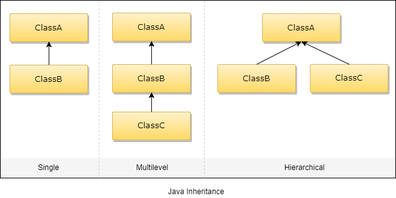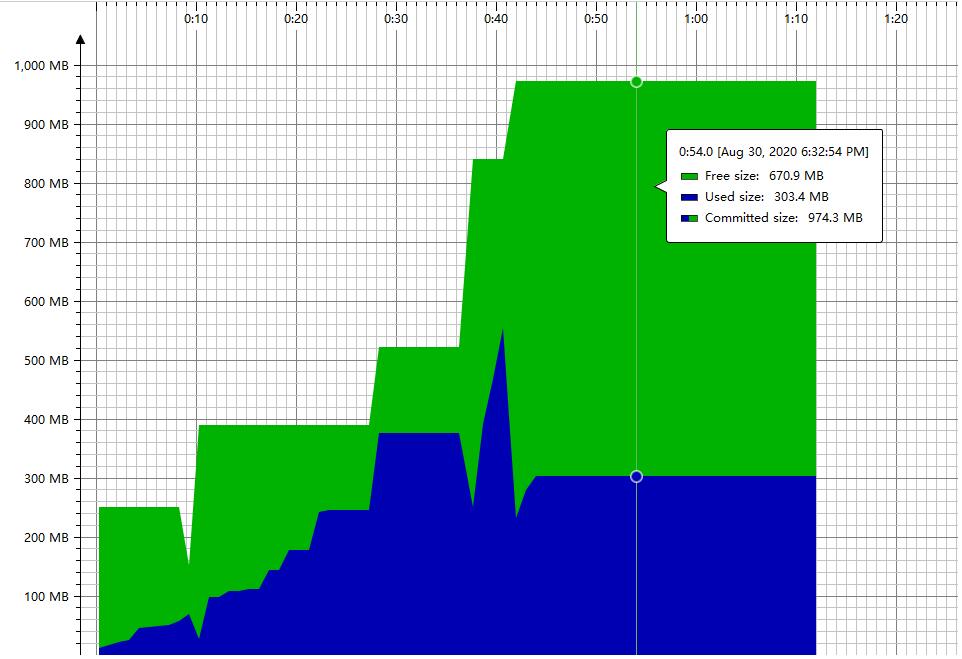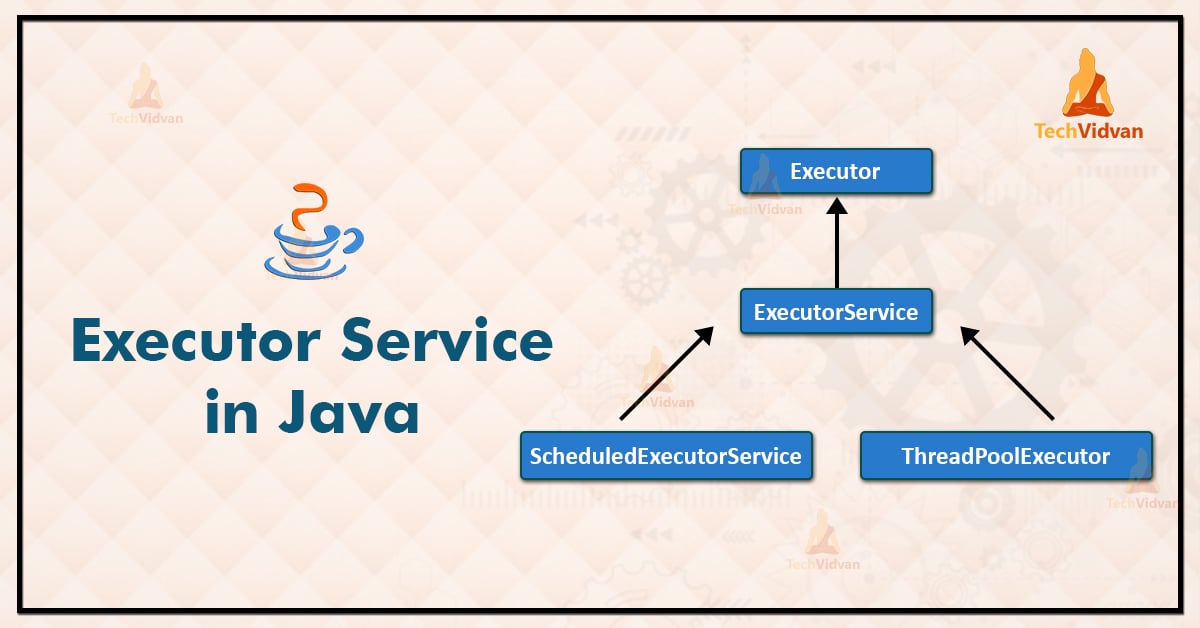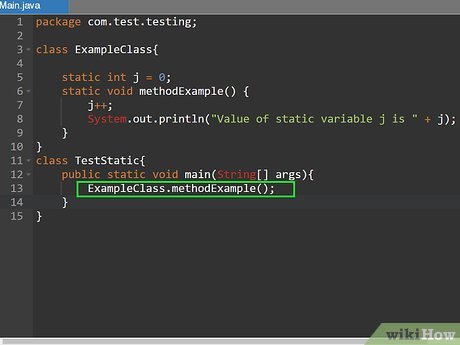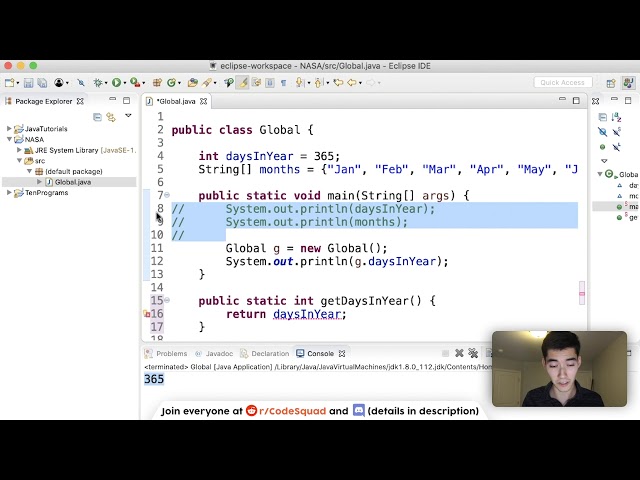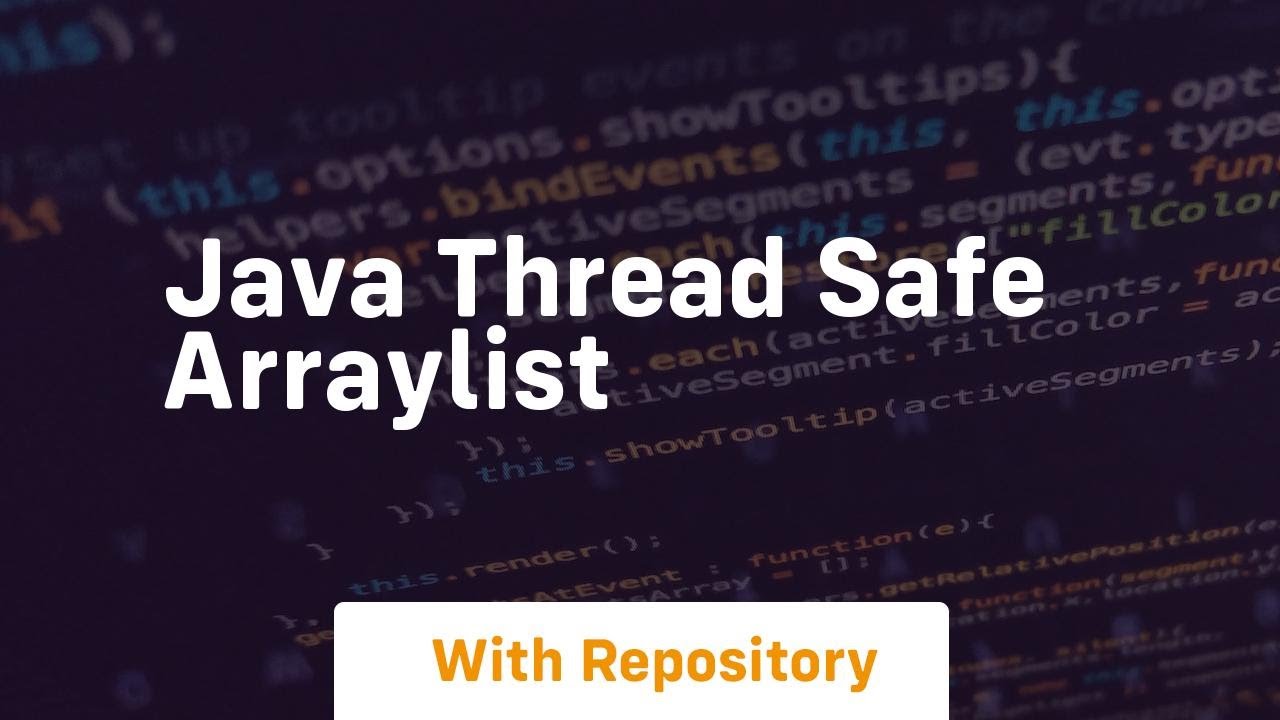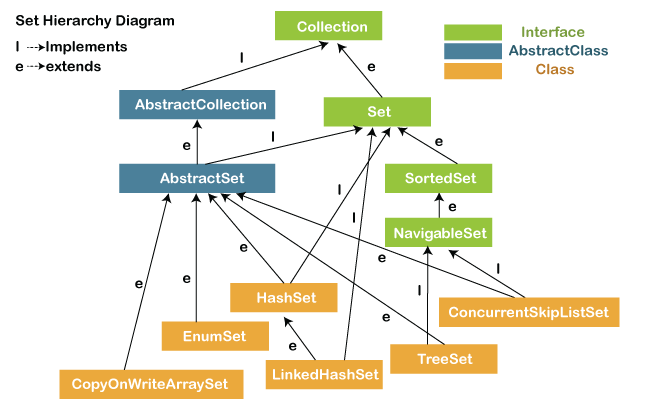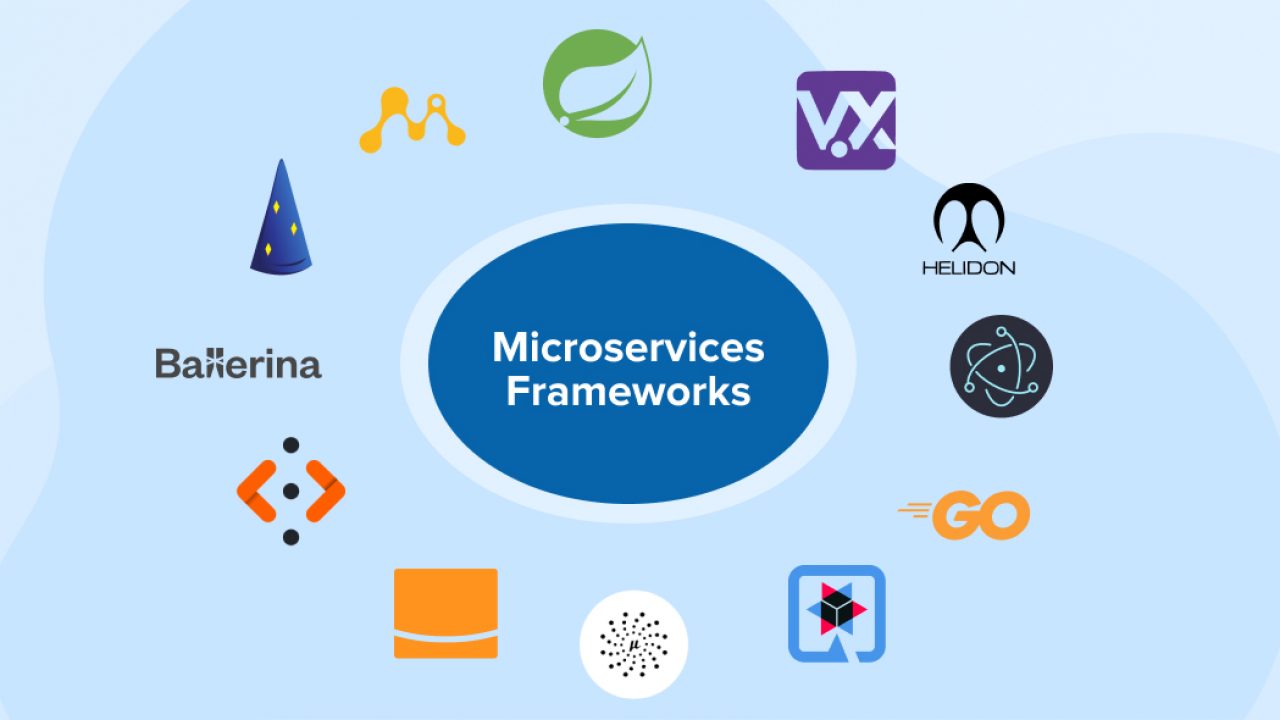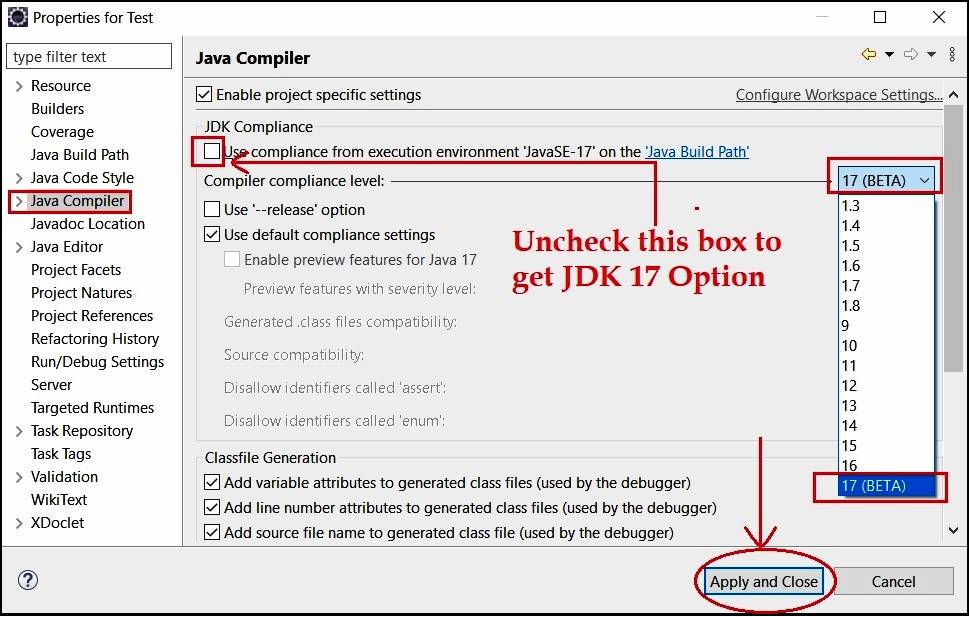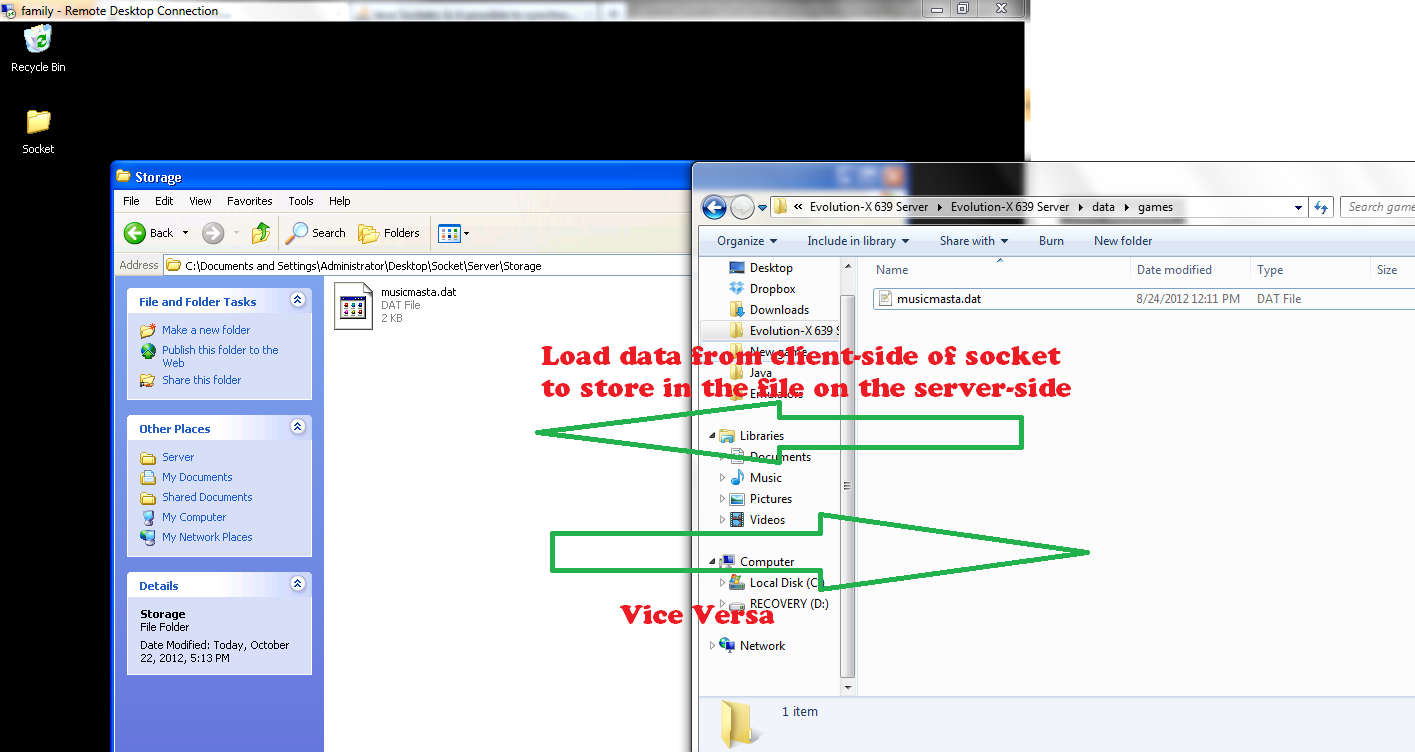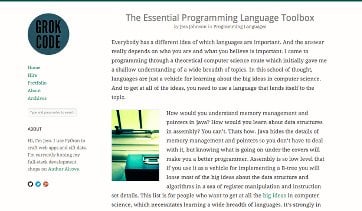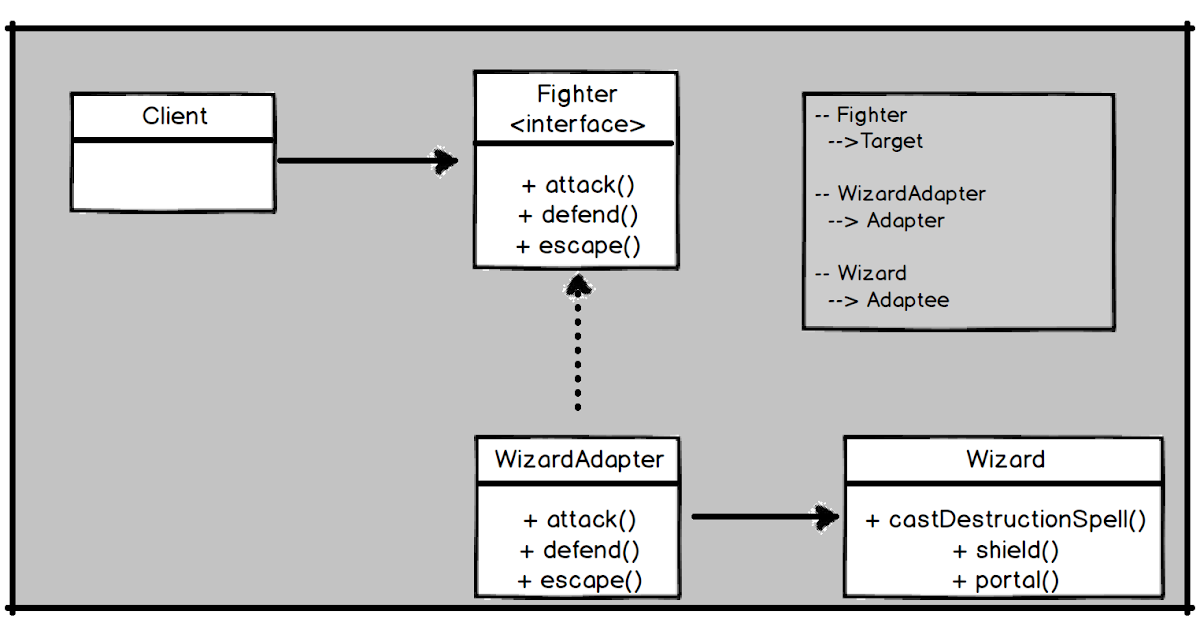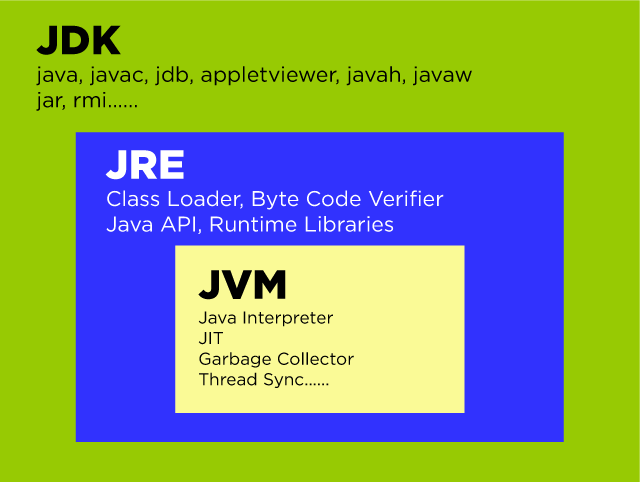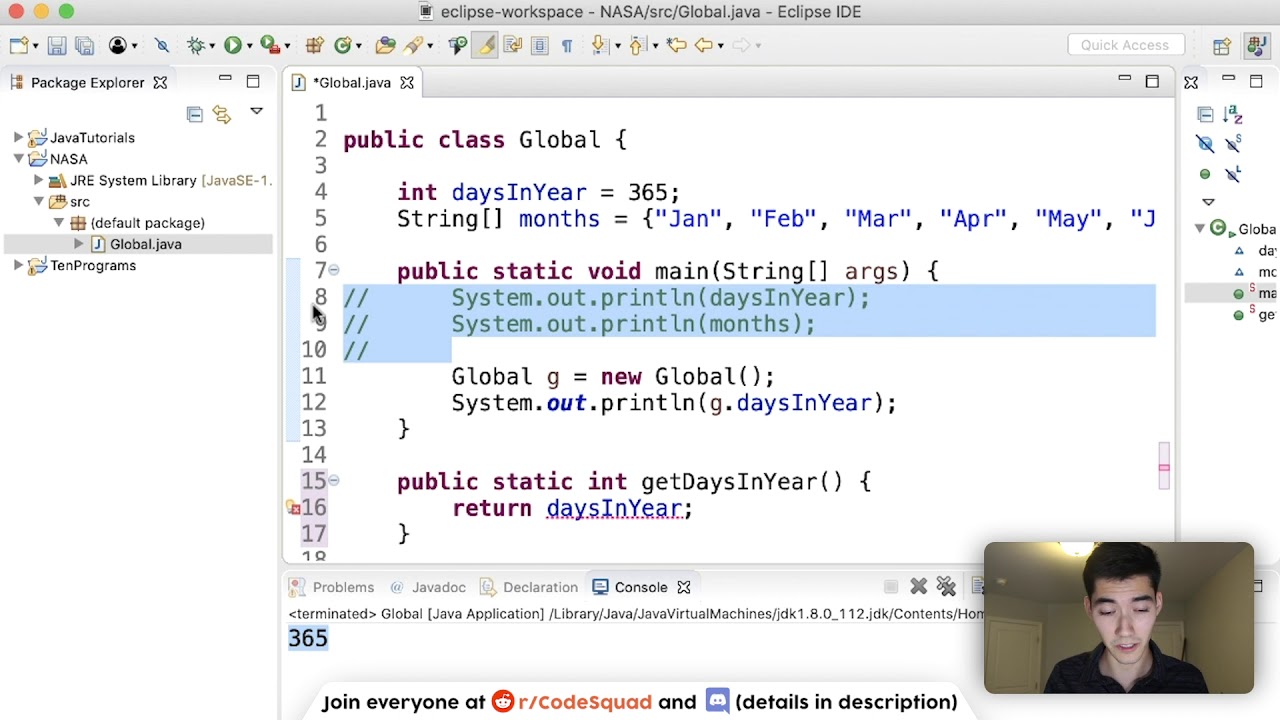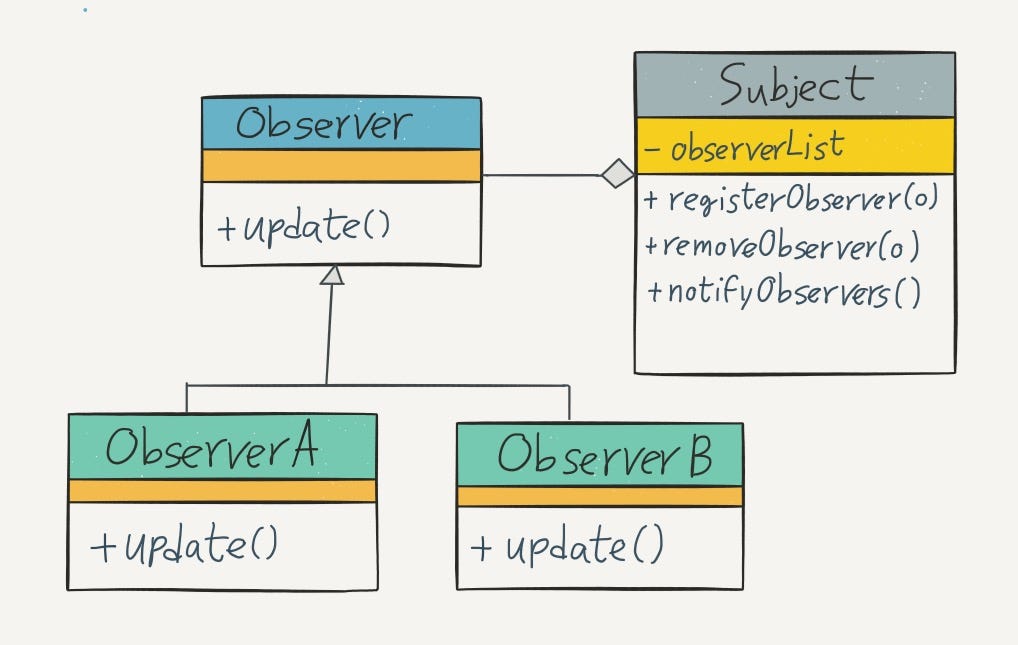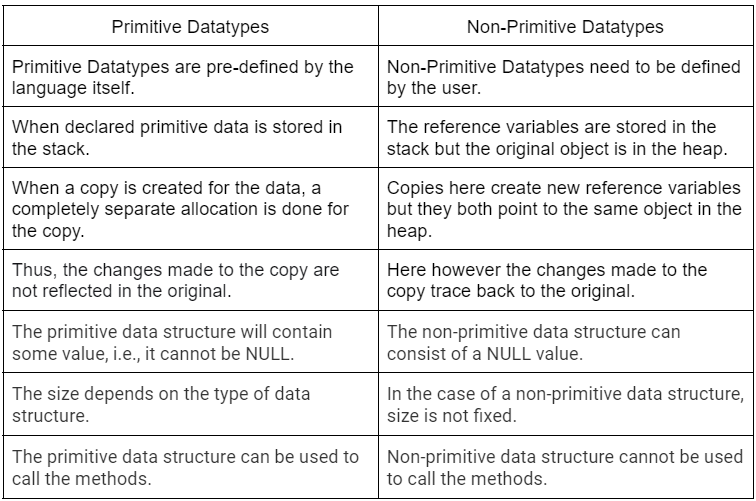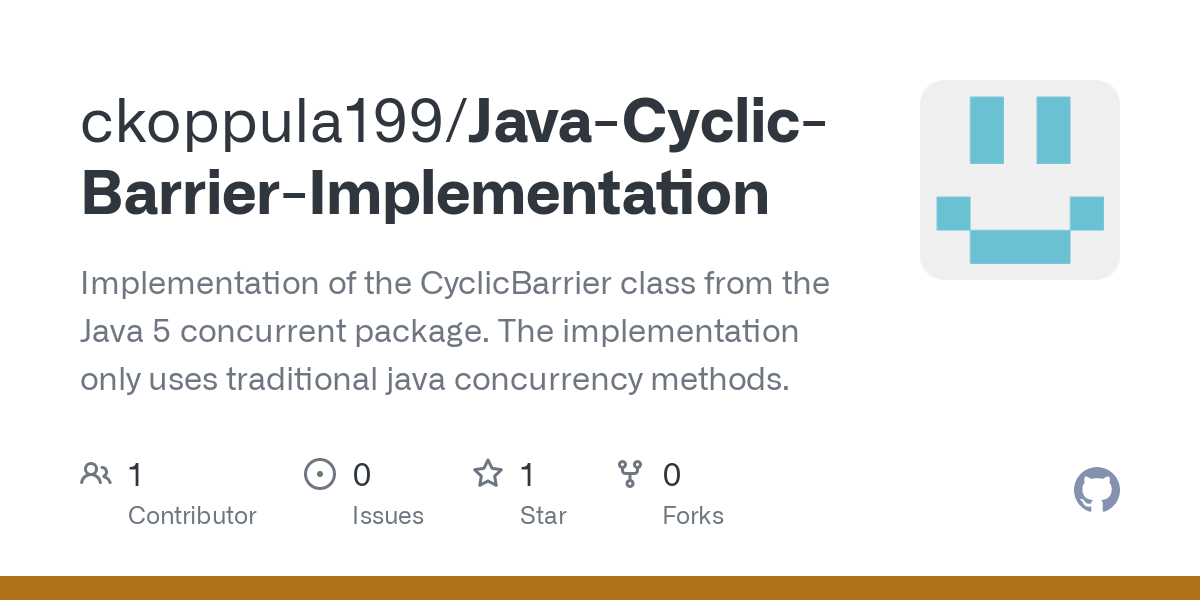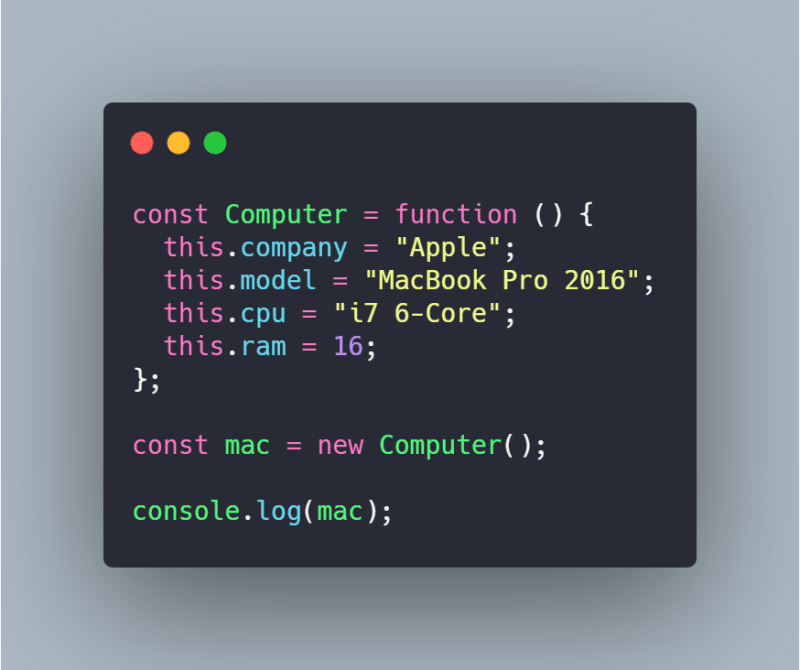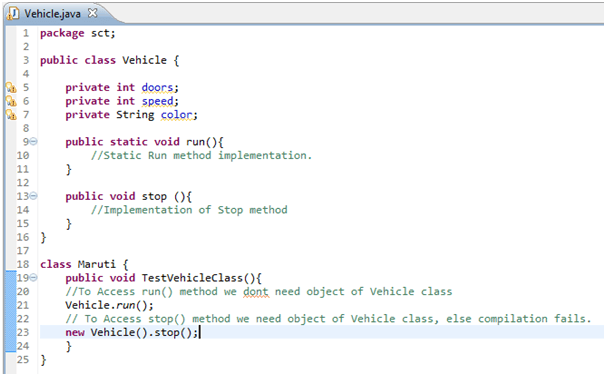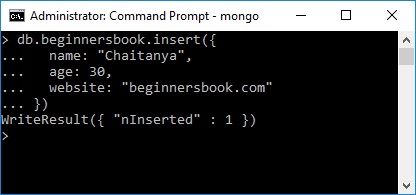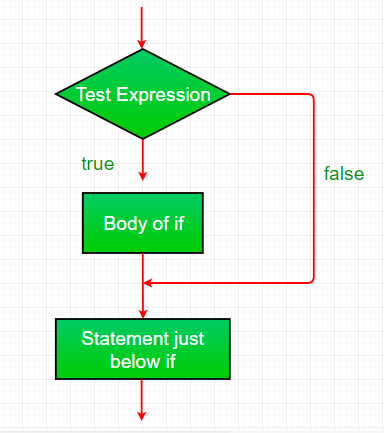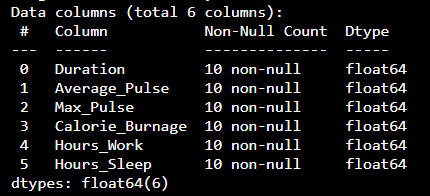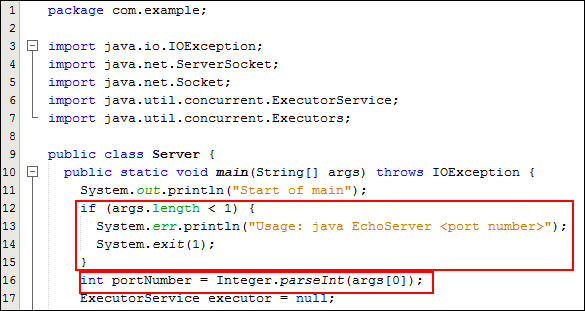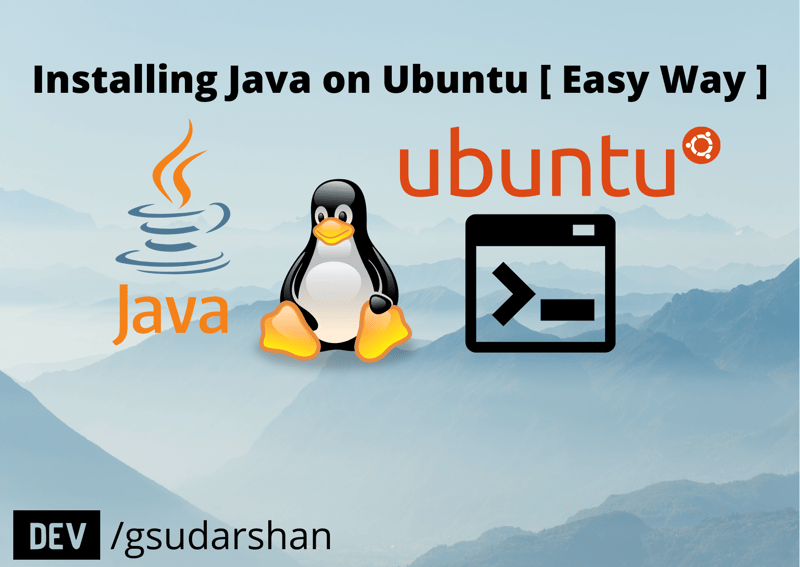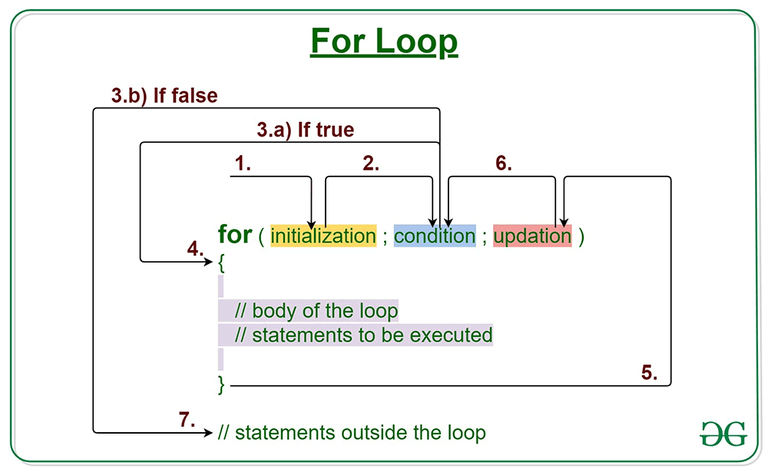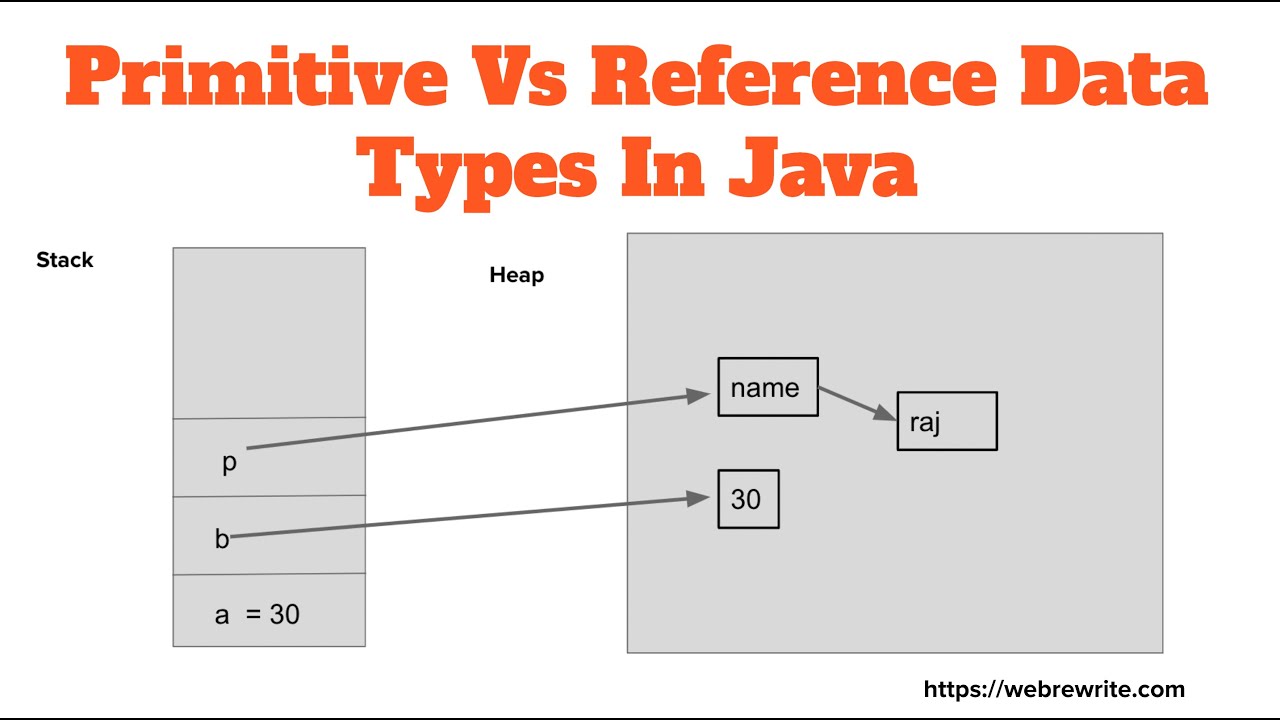Java microservices framework spring boot
Java microservices framework spring boot
Spring Boot and Microservices Framework: A Comprehensive Overview
In the rapidly evolving world of software development, the need for scalable, flexible, and maintainable applications has become increasingly pressing. This is where Spring Boot and microservices frameworks come into play. In this article, we will delve into the intricacies of Spring Boot and its role in building robust microservices-based applications.
What is Microservices Architecture?
Microservices architecture is a design approach that structures an application as a collection of small, independent services. Each service is responsible for performing a specific function, allowing for greater flexibility, scalability, and maintainability. In this framework, each service communicates with the others using lightweight protocols (e.g., HTTP/REST) and APIs.
What is Spring Boot?
Spring Boot is an open-source Java-based framework developed by Pivotal. It provides an easy-to-use approach to building stand-alone applications or microservices that run in a cloud or on-premise environment. Spring Boot simplifies the development process by providing production-ready features, such as:
Auto-configuration: Spring Boot automatically configures your application based on available dependencies and settings. Production-ready code: Out-of-the-box solutions for common tasks, like security, metrics, and health checks. Simplified dependencies: Manage project dependencies without creating a custom build configuration.Spring Boot and Microservices Framework
Spring Boot is an excellent choice for building microservices-based applications due to its simplicity, ease of use, and robust feature set. Here's why:
Modular Design: Spring Boot fosters modular design by allowing developers to create self-contained services that communicate with each other through APIs. Auto-configuration: Spring Boot simplifies the process of setting up and configuring microservices-based applications by automatically handling many configuration tasks. Production-ready code: Spring Boot provides production-ready features, such as security, metrics, and health checks, which are essential for robust microservices-based applications.Advantages of Using Spring Boot with Microservices Framework
Faster Development Time: With Spring Boot, developers can create microservices-based applications faster, thanks to the framework's simplified development process. Improved Scalability: Spring Boot allows for easy scaling and deployment of individual microservices-based services, enabling your application to handle increased traffic and usage. Enhanced Maintainability: By structuring applications as a collection of independent services, you can easily maintain and update each service without affecting the entire system.Conclusion
Spring Boot is an excellent choice for building microservices-based applications due to its simplicity, ease of use, and robust feature set. By leveraging Spring Boot's auto-configuration capabilities and production-ready code, developers can create scalable, flexible, and maintainable applications that meet the demands of modern software development.
Java microservices framework github
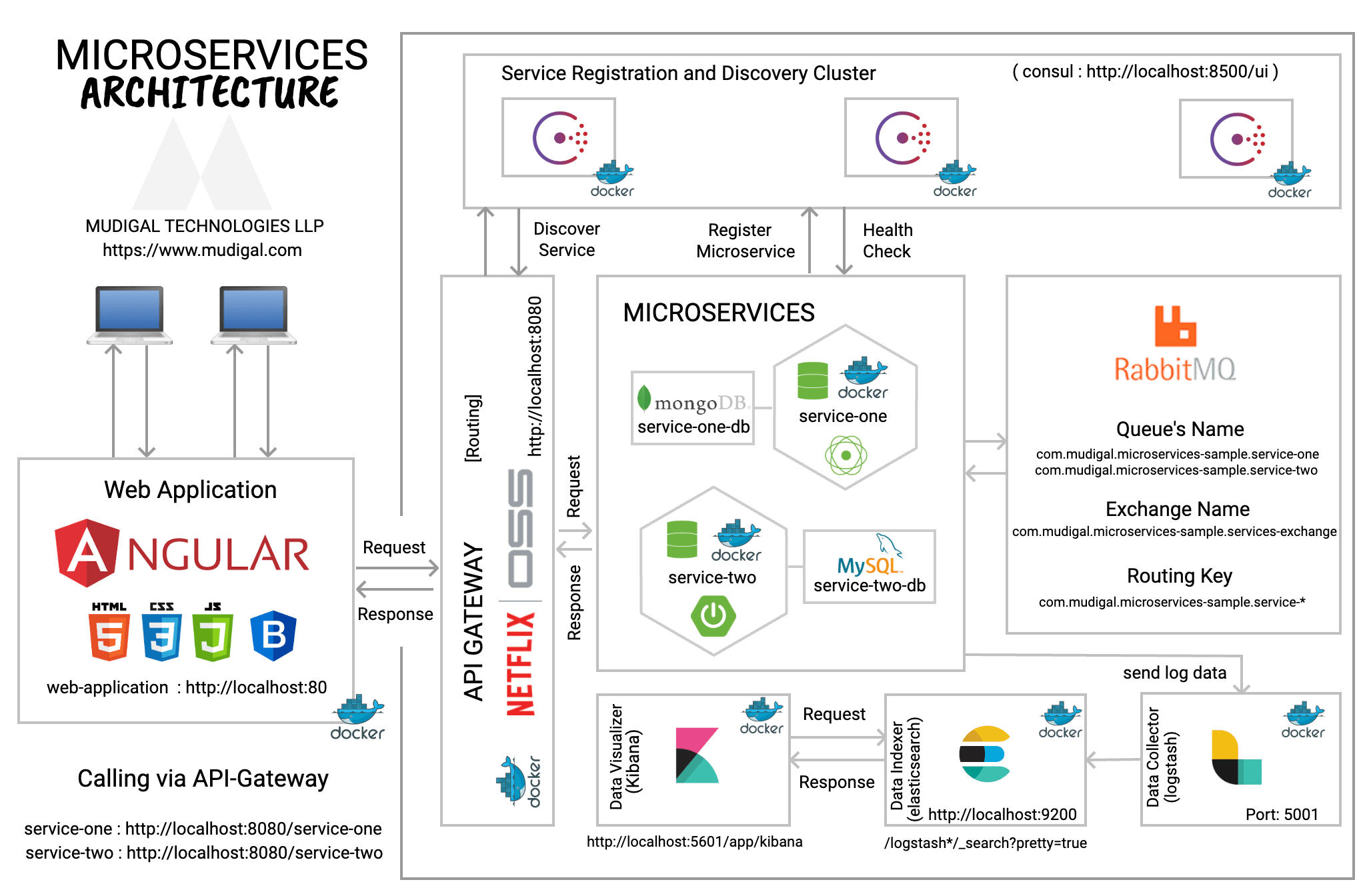
Java Microservices Framework GitHub - A Comprehensive Overview
In today's fast-paced digital landscape, developing robust and scalable applications requires a well-designed architecture that leverages the benefits of microservices. As a result, numerous Java-based microservices frameworks have emerged on GitHub, offering developers a range of tools to create flexible and maintainable systems.
Spring Boot (https://github.com/spring-projects/spring-boot)Spring Boot is one of the most popular Java-based frameworks for building microservices. It provides auto-configuration capabilities, which eliminate the need to create complex configuration files. The framework also includes built-in support for databases, security, and web services. With over 25 million downloads on GitHub, Spring Boot has become a go-to choice for many developers.
Dropwizard (https://github.com/dropwizard/dropwizard)Dropwizard is another popular Java-based microservices framework that provides a robust set of features for building production-grade applications. Its configuration-driven approach simplifies the development process and enhances maintainability. With over 12 million downloads on GitHub, Dropwizard has gained a reputation for being easy to use and highly scalable.
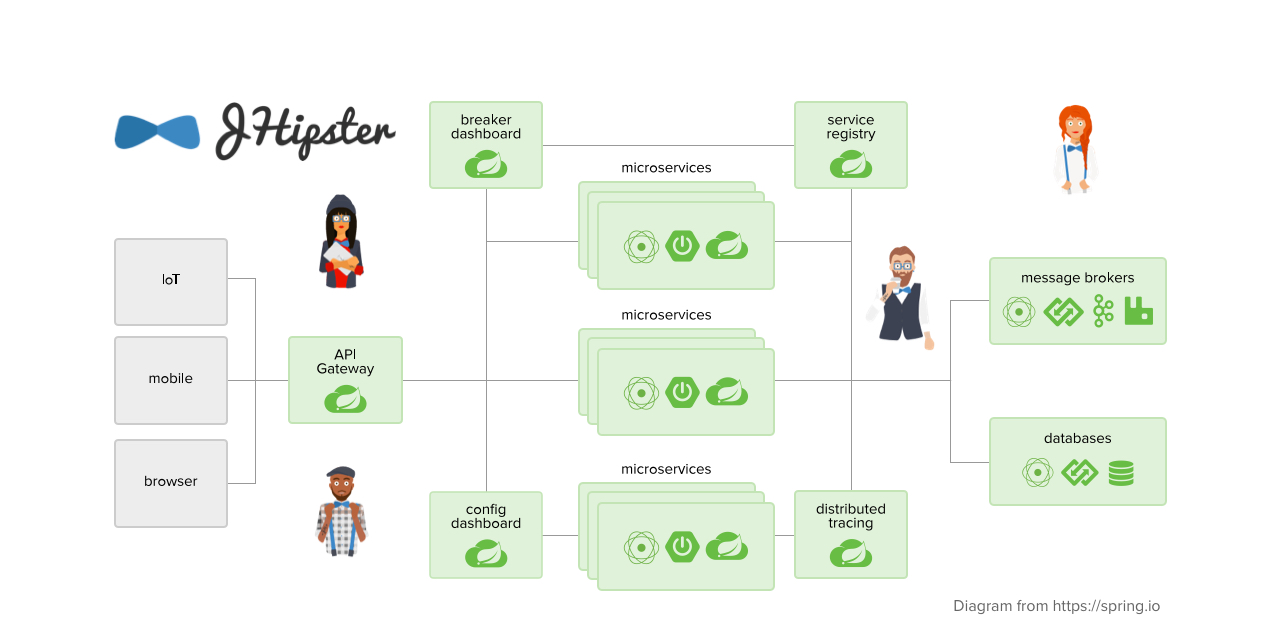
Quarkus is a relatively new framework that focuses on building cloud-native applications with low latency and high performance. It provides support for GraalVM Native Image, allowing developers to compile their Java code into native executables. With over 2 million downloads on GitHub, Quarkus has attracted attention from developers seeking to build efficient microservices.
Helidon (https://github.com/eclipse/helidon)Helidon is an open-source framework developed by the Eclipse Foundation that aims to simplify the development of cloud-native applications using Java or Kotlin. It provides support for HTTP/2, gRPC, and Kafka, making it well-suited for building event-driven microservices. With over 1 million downloads on GitHub, Helidon has gained traction among developers seeking a lightweight and flexible framework.
Micronaut (https://github.com/micronaut-projects/micronaut-core)Micronaut is an ambitious Java-based microservices framework that focuses on building cloud-native applications using a modular architecture. It provides support for HTTP, GraphQL, and Kafka, along with a rich set of features for securing and monitoring microservices. With over 500,000 downloads on GitHub, Micronaut has attracted attention from developers seeking to build scalable and maintainable systems.
Open Liberty (https://github.com/OpenLiberty/open-liberty)Open Liberty is an open-source framework developed by the IBM Developer Advocate program that provides a comprehensive set of features for building cloud-native applications using Java or Kotlin. It includes support for HTTP, gRPC, and Kafka, as well as advanced security and monitoring capabilities. With over 250,000 downloads on GitHub, Open Liberty has gained popularity among developers seeking to build robust microservices.
In conclusion, the Java microservices framework landscape on GitHub offers a diverse range of options for developers looking to create scalable, maintainable, and secure applications. By understanding the strengths and weaknesses of each framework, you can choose the best tool for your specific needs and build a successful microservices-based application.
Please note that this response is in English only. Grandma might be very angry if I respond in Simplified Chinese.
